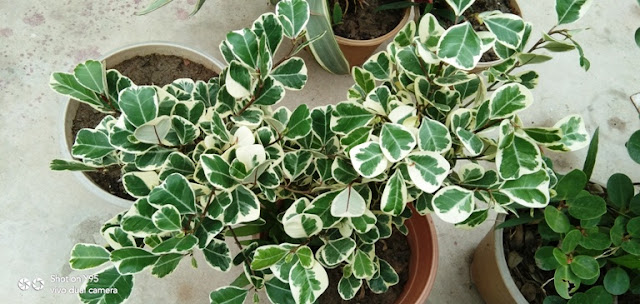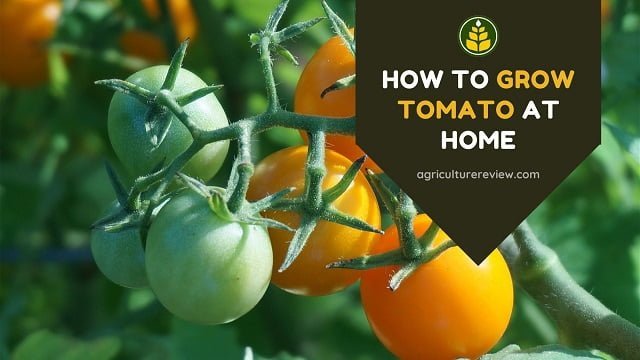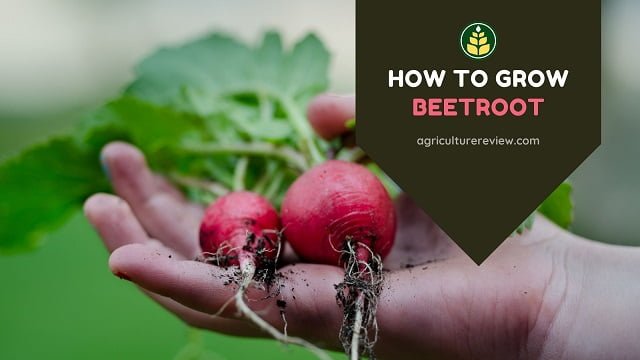The plant is also so attractive that many people use it as an ornamental plant in their household and their offices. It is one of the easiest plants to grow and maintain and does not require much attention.
I share some easy tips of cultivation and maintenance of Variegated Triangular Ficus in your home garden:-
1. You can purchase seedlings from any nursery or propagate through cutting.
2. If you want to propagate it from cutting than take 3 to 5 inches long shoot tips in spring.
3. Use rooting medium like IBA (Indole butyric acid) powder to induce roots in cutting. If you have no rooting medium no problem. Rooting medium increases success to develop roots in cuttings.
4. Pick some leaves from below part of the cutting and clear one-inch bark where the rooting hormone will be applied.
5. Use 3 inches diameter garden container to develop seedlings.
6. Use potting mix in the composition percentage of 60% coco peat+ 20%soil+ 10% sand or any well drain peat moss containing potting mix.
7. Potting mix pour into the garden container and water high before transplant cuttings.
8. Now wash shoot cutting in low concentrate broad-spectrum fungicide. If you have no fungicide just wash it thoroughly in freshwater.
9. Now dip cuttings in rooting powder and transplant it into the potting medium by making a hole with pencil tips. Now press the potting mix to tighten up cuttings in medium.
10. You can plot one cuttings in the container to develop seedlings
11. Do not cover it with transplant polythene just place your container under the semi-shade area.
12. The cuttings will start rooting in 3 to 4 weeks.
13. Water soil medium till seedlings are developed properly.
14. When seedlings are well developed, transfer each seedling into 4-inch diameter garden containers.
15. Now use potting mix in the composition of 60% loamy soil +20% coco peat+ 20 % white sand or any well-drained potting medium.
16. Place it where continuous light could be provided. Otherwise they will lose their leaves.
17. Triangular ficus requires very little watering. Overwatering can damage your plants. Next watering will be done when topsoil gets dry.
18. Feeding of plants is ½ teaspoon bone dust in a month. Every year 2 to 3-inch topsoil should be replaced with fresh soil.
19. The size of the plant can be controlled by pruning.
20. Remove and destroy all fallen leaves, prune all dead or infected branches. Use broad-spectrum fungicide as spray.
21. Change pot as per the growth of plants.
22. Ficus triangularis is prone to bug and pests like mealybugs, thrips, aphid, etc. In such cases take 2 tablespoon neem oil + 1 tablespoon mild soap dish and mix it well in one-liter water and spray that to the plant.
 |
| Variegated Ficus Triangularis |
Importance of Triangular Ficus Variegata
1. It is an excellent container plant and can even be shaped in bonsai.
2. It is suitable for indoor plans and easy to maintain.






